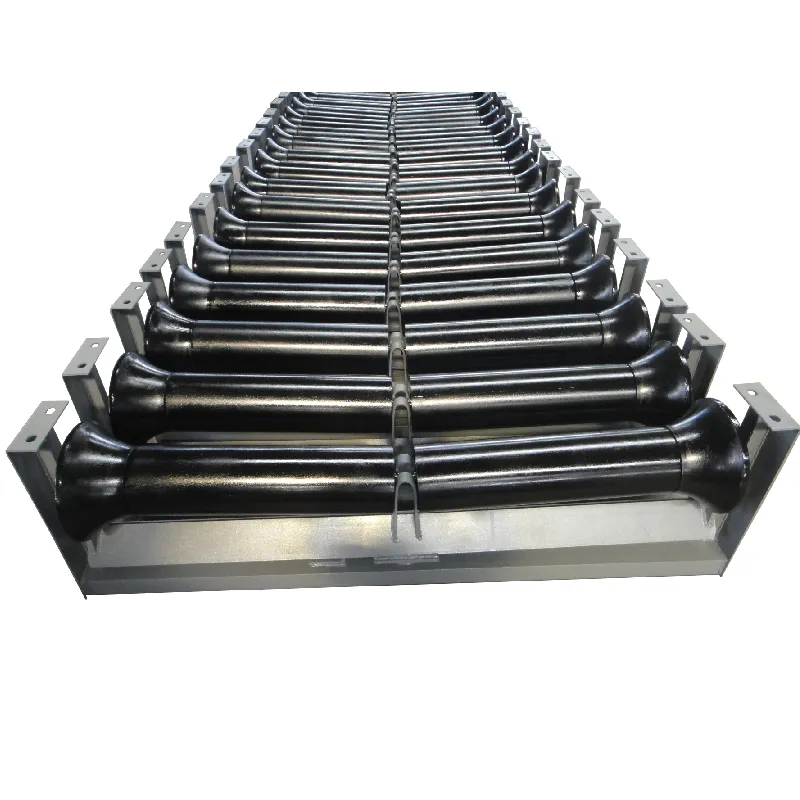 Afrikaans
Afrikaans  Albanian
Albanian  Amharic
Amharic  Arabic
Arabic  Armenian
Armenian  Azerbaijani
Azerbaijani  Basque
Basque  Belarusian
Belarusian  Bengali
Bengali  Bosnian
Bosnian  Bulgarian
Bulgarian  Catalan
Catalan  Cebuano
Cebuano  Corsican
Corsican  Croatian
Croatian  Czech
Czech  Danish
Danish  Dutch
Dutch  English
English  Esperanto
Esperanto  Estonian
Estonian  Finnish
Finnish  French
French  Frisian
Frisian  Galician
Galician  Georgian
Georgian  German
German  Greek
Greek  Gujarati
Gujarati  Haitian Creole
Haitian Creole  hausa
hausa  hawaiian
hawaiian  Hebrew
Hebrew  Hindi
Hindi  Miao
Miao  Hungarian
Hungarian  Icelandic
Icelandic  igbo
igbo  Indonesian
Indonesian  irish
irish  Italian
Italian  Japanese
Japanese  Javanese
Javanese  Kannada
Kannada  kazakh
kazakh  Khmer
Khmer  Rwandese
Rwandese  Korean
Korean  Kurdish
Kurdish  Kyrgyz
Kyrgyz  Lao
Lao  Latin
Latin  Latvian
Latvian  Lithuanian
Lithuanian  Luxembourgish
Luxembourgish  Macedonian
Macedonian  Malgashi
Malgashi  Malay
Malay  Malayalam
Malayalam  Maltese
Maltese  Maori
Maori  Marathi
Marathi  Mongolian
Mongolian  Myanmar
Myanmar  Nepali
Nepali  Norwegian
Norwegian  Norwegian
Norwegian  Occitan
Occitan  Pashto
Pashto  Persian
Persian  Polish
Polish  Portuguese
Portuguese  Punjabi
Punjabi  Romanian
Romanian  Russian
Russian  Samoan
Samoan  Scottish Gaelic
Scottish Gaelic  Serbian
Serbian  Sesotho
Sesotho  Shona
Shona  Sindhi
Sindhi  Sinhala
Sinhala  Slovak
Slovak  Slovenian
Slovenian  Somali
Somali  Spanish
Spanish  Sundanese
Sundanese  Swahili
Swahili  Swedish
Swedish  Tagalog
Tagalog  Tajik
Tajik  Tamil
Tamil  Tatar
Tatar  Telugu
Telugu  Thai
Thai  Turkish
Turkish  Turkmen
Turkmen  Ukrainian
Ukrainian  Urdu
Urdu  Uighur
Uighur  Uzbek
Uzbek  Vietnamese
Vietnamese  Welsh
Welsh  Bantu
Bantu  Yiddish
Yiddish  Yoruba
Yoruba  Zulu
Zulu Understanding the Function and Benefits of a Take-Up Pulley System in Machinery
Understanding the Take-Up Pulley A Key Component in Conveyor Systems
In the realm of industrial machinery and conveyor systems, efficiency and reliability are paramount. Among the various components that ensure optimal operation, the take-up pulley plays a crucial role. This article explores the significance of the take-up pulley, its design, functionality, and the benefits it brings to conveyor systems.
What is a Take-Up Pulley?
A take-up pulley is a mechanical device used in conveyor systems to maintain tension in the drive belt or chain. It is typically located at the end of the conveyor system and is adjustable, allowing operators to manipulate the tension to ensure smooth operation. The take-up pulley functions to manage the slack in the conveyor belt, which can occur due to several factors, including wear, stretch, or changes in load.
The Design and Functionality of Take-Up Pulleys
Take-up pulleys can vary in design, but they generally consist of a cylindrical shape mounted on a frame. The frame allows for movement, enabling the pulley to adjust its position and maintain consistent tension on the belt. This can be achieved through various mechanisms, such as screw adjustments, hydraulic systems, or spring-loaded designs.
The primary function of the take-up pulley is to keep the conveyor belt taut. A loose belt can lead to slippage, inefficient operation, and even potential damage to the conveyor system. By keeping the belt tensioned, the take-up pulley ensures that the conveyor operates smoothly and at optimal efficiency.
Importance in Conveyor Systems
take up pulley

The importance of the take-up pulley cannot be overstated. In industrial applications where heavy materials are transported, the constant load can cause the conveyor belt to stretch over time. If not monitored and adjusted, this can lead to severe operational issues, including misalignment and increased wear on the belt and other components.
1. Improved Performance By maintaining the right amount of tension, the take-up pulley enhances the overall performance of the conveyor system. A properly tensioned belt ensures that materials are moved efficiently, reducing downtime and improving productivity.
2. Extended Lifespan of Components An optimally tensioned conveyor belt minimizes excessive wear and tear. This not only prolongs the life of the belt but also protects other components in the system, such as bearings and motors, from undue stress and potential failure.
3. Energy Efficiency A well-maintained, tensioned system operates more efficiently, which can result in lower energy consumption. This translates to cost savings for companies that rely heavily on conveyor systems for their operations.
4. Safety Operating a conveyor system with a loose or sagging belt can pose safety risks. The take-up pulley helps mitigate this risk by ensuring that the belt remains properly tensioned, reducing the chances of unexpected slippage or misalignment that could lead to accidents.
Conclusion
In conclusion, the take-up pulley is a vital component of conveyor systems, playing an essential role in ensuring efficient and safe operation. Its ability to maintain tension in the conveyor belt prevents common issues associated with belt slackness, which can lead to operational inefficiencies and increased maintenance costs. By understanding the importance of the take-up pulley, businesses can invest in better maintenance practices and enhance the performance and longevity of their conveyor systems. As industries continue to evolve, the take-up pulley will remain a key technology ensuring that materials are transported effectively and reliably within the production process.
-
Revolutionizing Conveyor Reliability with Advanced Rubber Lagging PulleysNewsJul.22,2025
-
Powering Precision and Durability with Expert Manufacturers of Conveyor ComponentsNewsJul.22,2025
-
Optimizing Conveyor Systems with Advanced Conveyor AccessoriesNewsJul.22,2025
-
Maximize Conveyor Efficiency with Quality Conveyor Idler PulleysNewsJul.22,2025
-
Future-Proof Your Conveyor System with High-Performance Polyurethane RollerNewsJul.22,2025
-
Driving Efficiency Forward with Quality Idlers and RollersNewsJul.22,2025





























